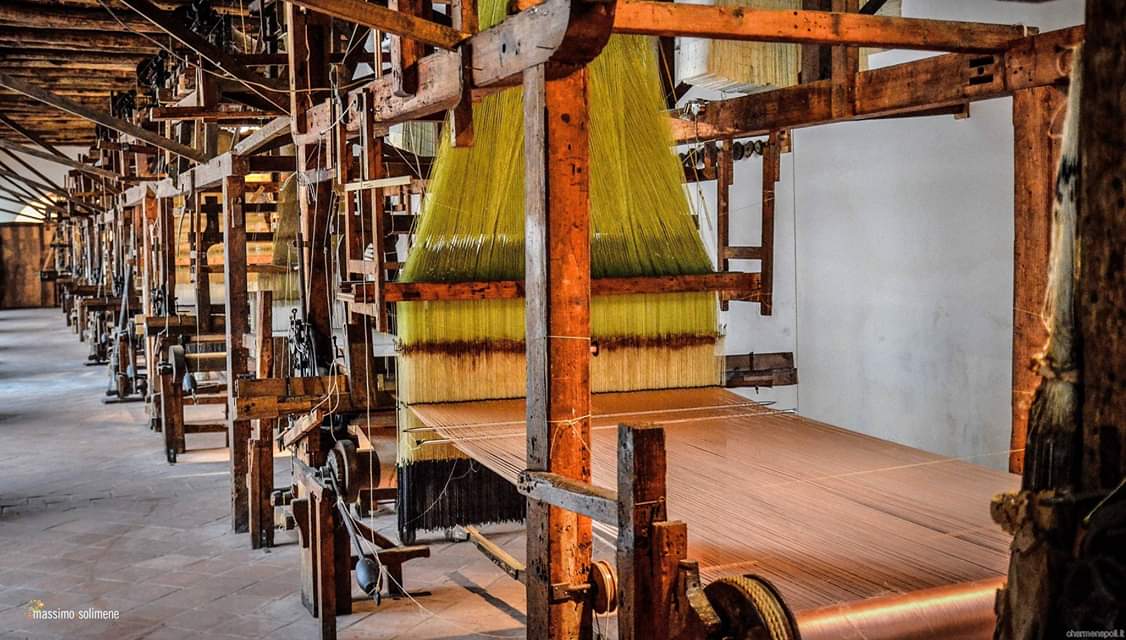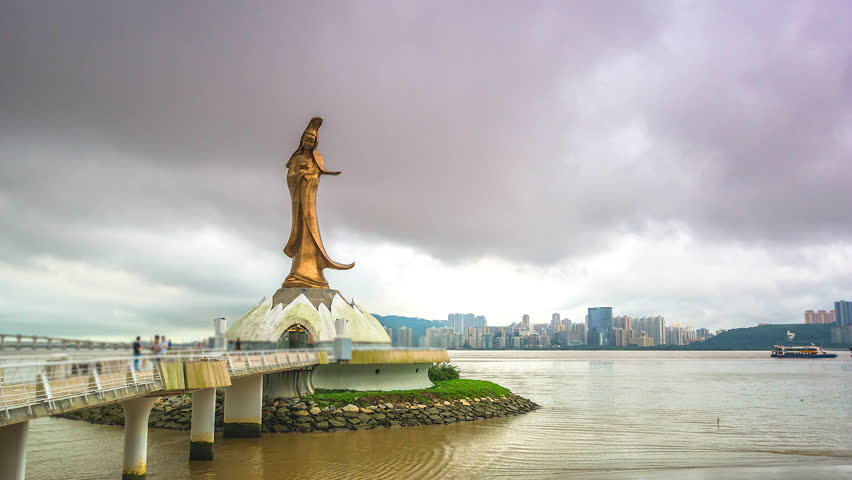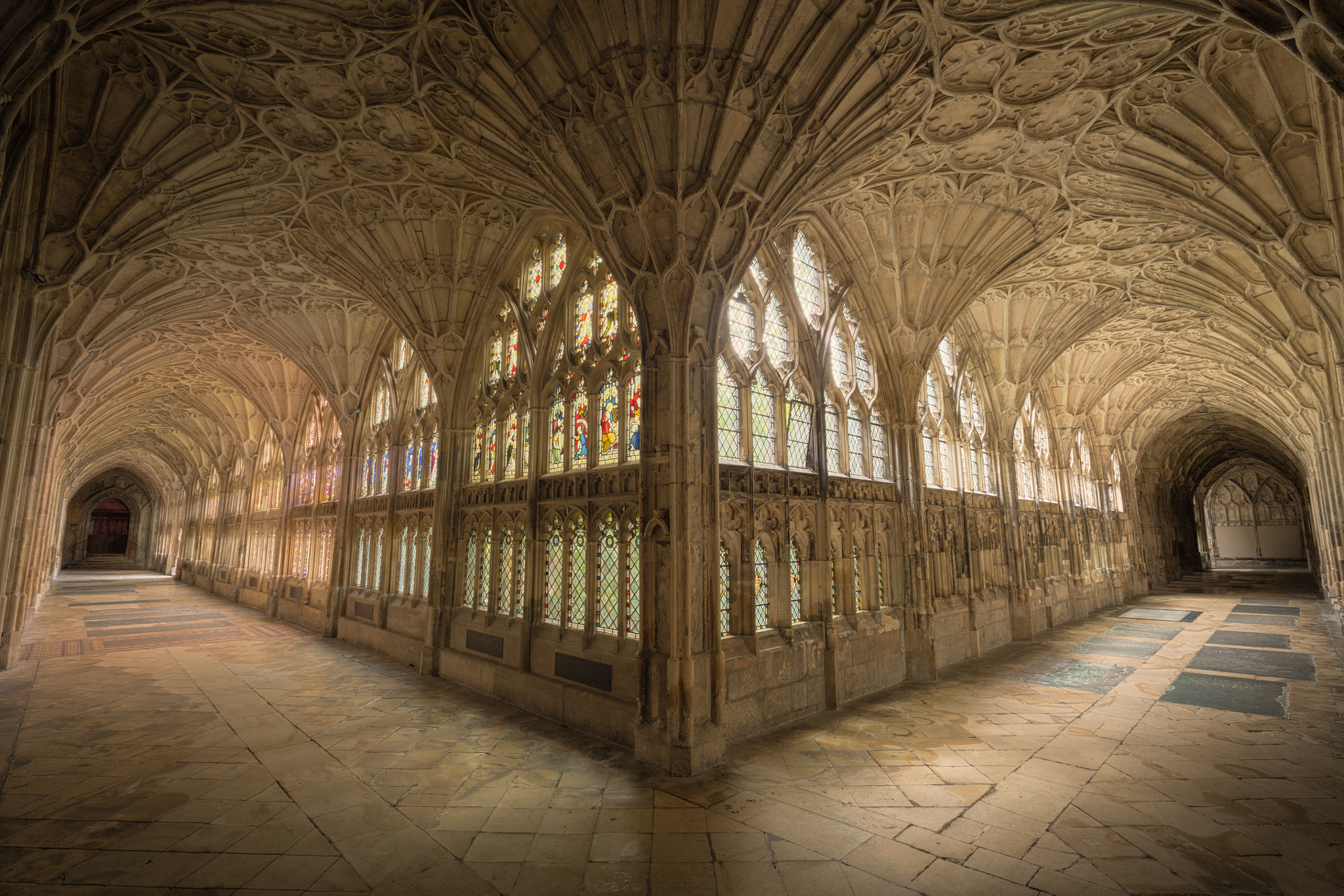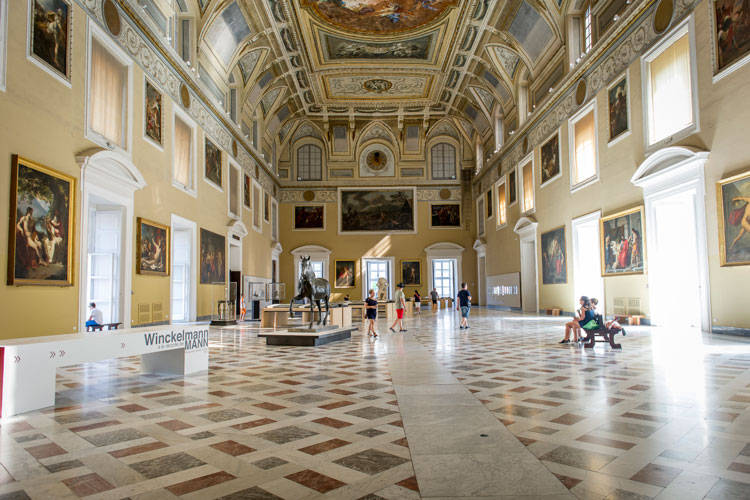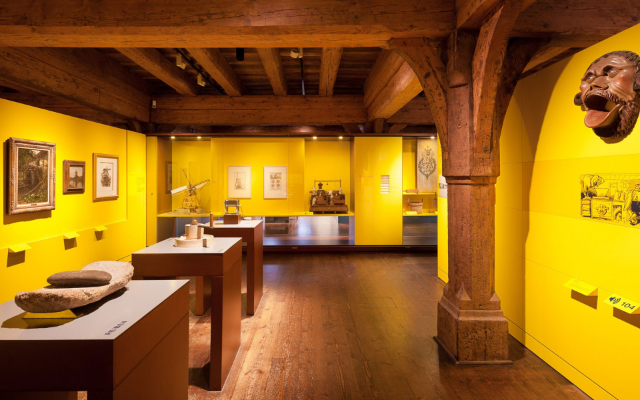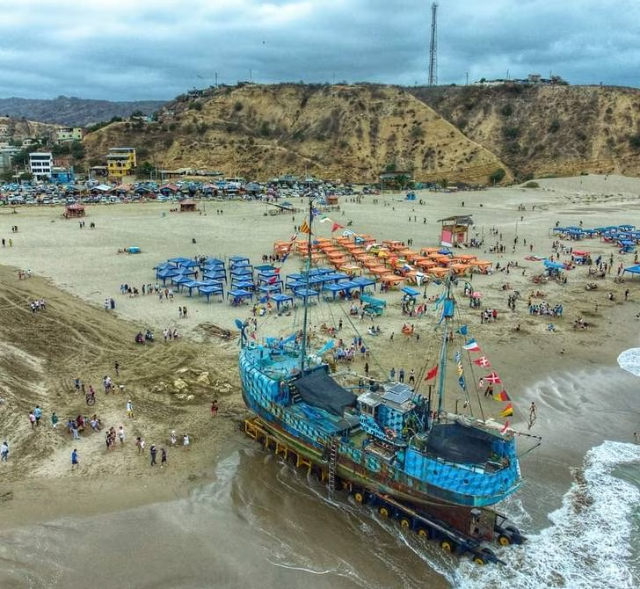The Silk Museum of the Real Belvedere of San Leucio adheres to the event with visits, exclusively guided. During the visits, a large space will be dedicated to the life of the factory and the history of the Leucian colony, also making comparisons with other contemporary European manufacturing activities, thus adhering to the theme "The Art of sharing" indicated by the Council of Europe for this edition. Elected World Heritage Site by UNESCO in 1997, together with the Royal Palace and the Carolingian Aqueduct, the Monumental Complex of the Belvedere of San Leucio is located in the homonymous hamlet of the municipality of Caserta. Starting in 1773, at the behest of Ferdinand IV of Bourbon King of Naples, the sixteenth century Palagio di Belvedere was transformed into a full cycle silk manufacturing centre, the only case in Europe of a factory inside a royal residence. The architect in charge of the works was Francesco Collecini, a pupil of Luigi Vanvitelli. The original idea of the creation of "Ferdinandopoli" (an ideal city inspired by the principles of equality with theatre, hospital, cathedral, green areas and compulsory school) was unfortunately only partially realized, but the ideas of Enlightenment renewal were sanctioned by the king in the "Code of Laws" a revolutionary normative act for the time. Thus was born in 1789 the Royal Silk Colony of San Leucio. In this community there were no class differences: everyone was an artist, everyone was equal, they distinguished themselves only for their expertise in textile art. Soon the fame and beauty of the refined and precious silk fabrics (damasks, lampas, liserè and brocades) produced in the colony crossed the borders of the State and brought these artefacts to the most prestigious European courts. Even today, Leucian silks can still be found at the Vatican, at the Quirinale, in the Oval Room of the White House. Fallen slowly into a state of abandonment since the 60s of 1900, after an important restoration work the Palace finally reopened to the public in the year 2000. Today, inside the Palace, it is possible to visit the Silk Museum, which contains all the machinery and equipment of the time used in the silk working phases; the Royal Apartment, decorated by the first court painter, Philiph Hackert, by Fedele Fischetti, by Giuseppe Cammarano, by Carlo Brunelli; the Royal Terraced Gardens.
